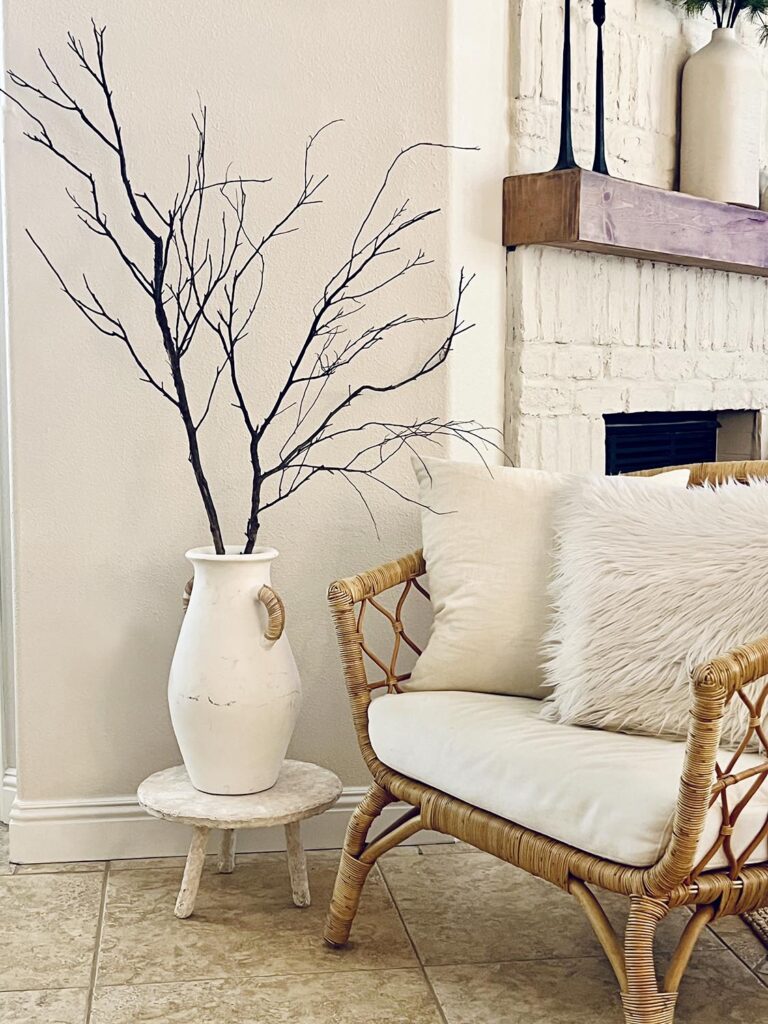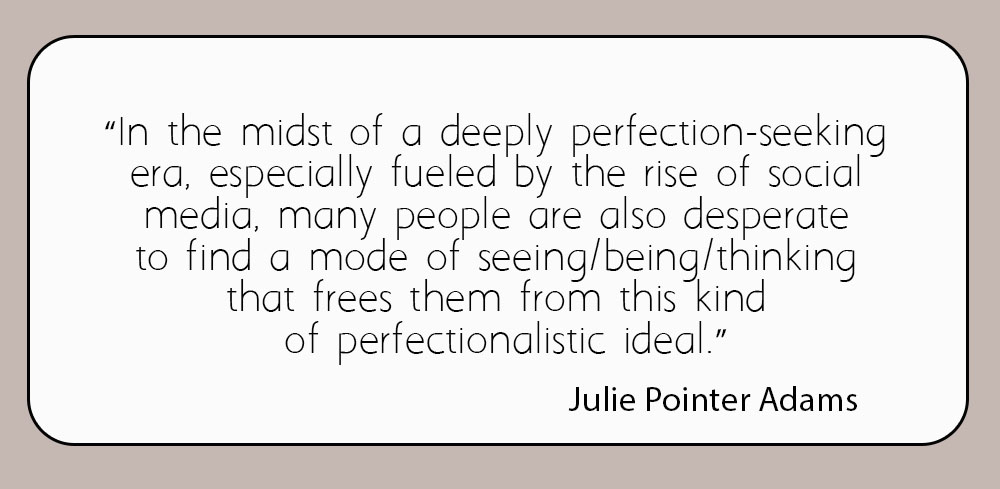This post may contain affiliate links and I may earn a small commission, at no extra cost to you. When you use one of my affiliate links, the company compensates me, which helps me run this blog. Read my Privacy Policy for more information.
What’s the Difference and Which Is Right for You?
Ever wondered what the real difference is between wabi sabi and minimalism? Both design styles have been gaining serious popularity in recent years, thanks to their focus on simplicity and decluttering. On the surface, they may seem similar—but once you dig a little deeper, you’ll find they bring different vibes, mindsets, and aesthetics to your home and life.
In this post, I’ll explore the key differences between wabi sabi and minimalism. By the end, you’ll have a clearer idea of which style resonates with you—or maybe even a blend of both!

The Origins and Philosophy Behind Wabi Sabi and Minimalism
Both wabi sabi and minimalism have their roots in Japan, but their philosophies are quite different.
- Wabi Sabi is all about embracing imperfection and finding beauty in the flawed and incomplete. Imagine a hand-thrown ceramic bowl with a crack that only adds to its charm—that’s wabi sabi in action. This philosophy encourages acceptance of life as it is, imperfections and all.
- Minimalism, on the other hand, focuses on functionality, simplicity, and purpose. Everything in a minimalist space serves a specific role, and if it doesn’t, it’s out. Think clean lines, clutter-free surfaces, and only the essentials—each item is there with intention.
While both styles promote simplicity, wabi sabi leans into life’s imperfections, whereas minimalism strives for streamlined efficiency.

Key Differences in Wabi Sabi Design & Minimalist Elements
Now let’s talk decor. Though both styles are simple, they create very different atmospheres.
- Wabi Sabi Design loves natural materials and asymmetry. Think weathered wood, imperfect ceramics, and linen fabrics—pieces that tell a story. There’s no need for symmetry or perfection here; instead, the focus is on creating a lived-in, cozy space that feels real.
- Minimalism, however, embraces clean lines, geometric shapes, and neutral color palettes. White walls, sleek furniture, and an absence of visual clutter are the hallmarks of this design style. It’s all about creating a space that feels open and orderly.
Another key difference? Sentimental objects play a big role in wabi sabi spaces—an old photo frame or a chipped teacup might sit proudly on display. In minimalism, however, each object must serve a purpose, often with a focus on deliberate, intentional choices.




Lifestyle and Mindset Differences
Wabi sabi and minimalism go beyond decor—they offer two distinct ways of living.
- Wabi Sabi is deeply tied to mindfulness and being present in the moment. It teaches us to slow down, appreciate small joys, and find beauty in everyday experiences—whether that’s noticing the morning light through your window or enjoying a cup of tea in your favorite chipped mug.
- Minimalism encourages a more structured approach to life, promoting organization and a “less is more” mindset. It’s about eliminating distractions—physical, mental, and emotional—and creating space for what truly matters.
Both styles also touch on consumerism and sustainability, though in slightly different ways. Minimalism is about reducing the number of things you own, while wabi sabi encourages finding joy in what you already have and accepting imperfections rather than replacing them.


Shop
Wabi-Sabi Welcome: Learning to Embrace the Imperfect and Entertain with Thoughtfulness and Ease by Julie Pointer Adams
Minimalista: Your Step-by-Step Guide to a Better Home, Wardrobe, and Life by Shira Gill
Conclusion
So, which one is right for you? If you crave structure, order, and a clutter-free home, minimalism might be your best bet. On the other hand, if you find beauty in the imperfect and love the idea of creating a warm, lived-in space, wabi sabi could be the perfect fit.
Of course, you don’t have to choose just one! Many people find that a blend of both styles works best—balancing minimalism’s functionality with wabi sabi’s charm and character. At the end of the day, the right design style is the one that feels most aligned with your personal values and the way you live. For more Wabi Sabi Design for your home and mind.